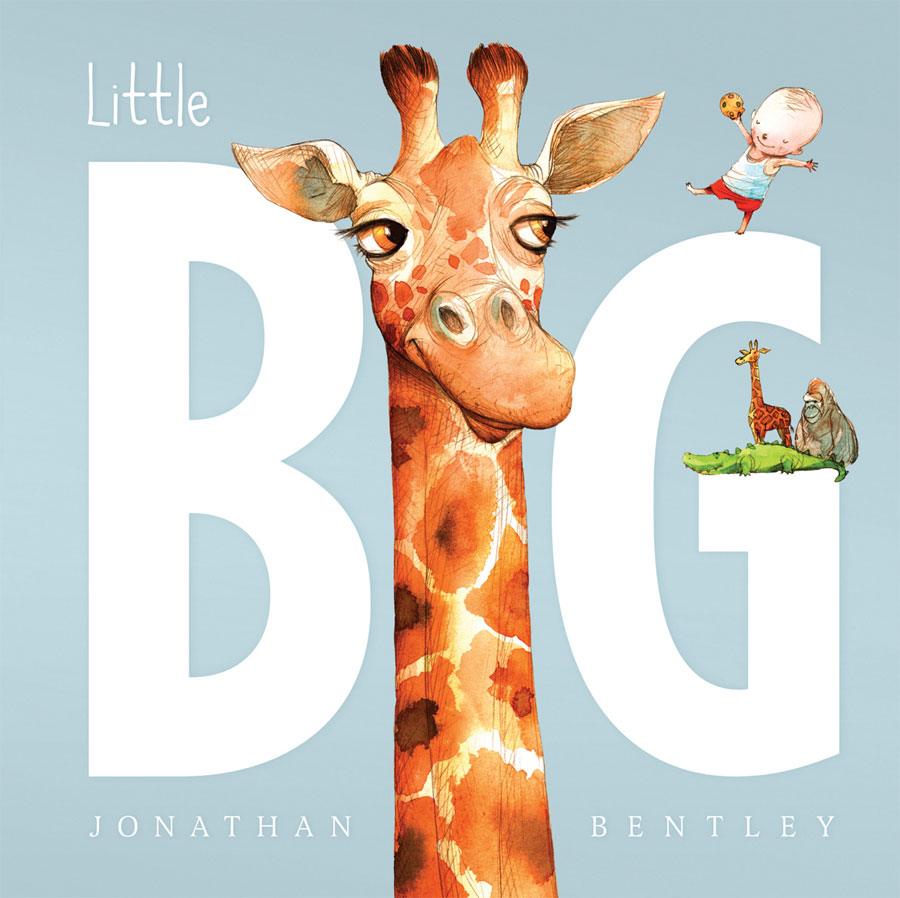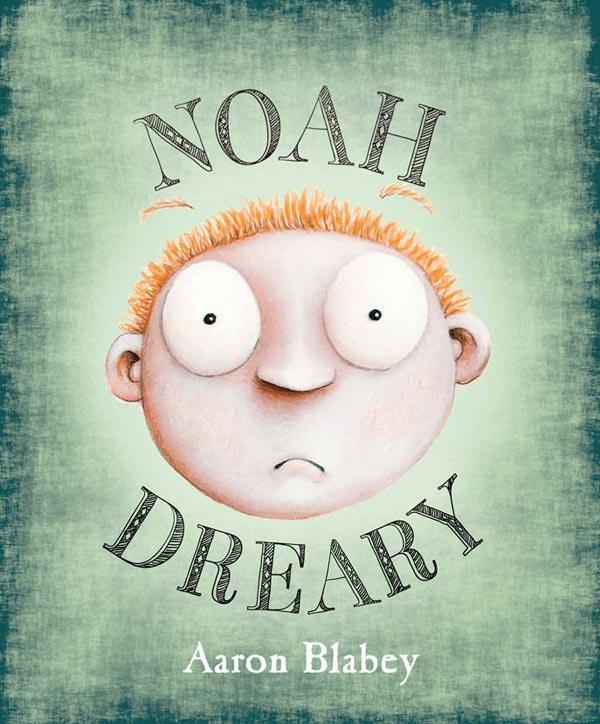Jan Ormerod, Sunshine (40th Anniversary edition), HarperCollins Children’s Publishers, February 2022, 32 pp., RRP $19.99 (hbk), ISBN 9781460761588
Jan Ormerod, Moonlight (40th Anniversary edition), HarperCollins Children’s Publishers, February 2022, 32 pp., RRP $19.99 (hbk), ISBN 9781460761601
I am a child of 1980s Australia, so it’s slightly unbelievable that Jan Ormerod’s precious picture books, Sunshine and Moonlight, have never been put into my hands before now (though my memory is not razor-sharp). Especially considering that Sunshine was the winner for the CBCA Picture Book of the Year 1982, and Moonlight was also shortlisted. They have been re-released as 40th-anniversary editions with forwards by Freya Blackwood and Margaret Wild, respectively.
Both wordless picture books, these companion stories show readers the morning and night-time routines of a young girl and her parents. Sunshine begins as the girl wakes up and, before she even gets out of bed, she opens a book. She then climbs into bed with her parents, so her dad helps her to get breakfast. Their day has begun. We see the paraphernalia of a pre-internet morning. Absent are smartphones and streaming services, instead, we see a newspaper, a breakfast tray, and an alarm clock. The girl dresses and prepares for the day while her parents read and laze in bed until she shows them the time, and suddenly a mild panic ensues.
Moonlight shows us what we assume is the same family handling their evening routine. They share a sit-down meal devoid of devices, and while the parents do the dishes (no dishwasher), the girl hops in the bath. With her pyjamas on and her toys ready, she sets about playing, but her dad comes in to put her to bed. A story is read, a hug is given, and lights go out. But as we all know bedtime is never that simple.
Both books have uncomplicated, panel illustrations that walk the reader through the story at a wonderfully deliberate pace. The lines are clean, and the colours are mostly calming. The exception is the bold red for the storybook, which I think is a great touch.
I think children of today will be interested in the slightly vintage feel of these books and it’s a great way to help them see how much lives have changed in the past 40 years. As I said, I’m a child of the 80s, and these books are a lovely way for me to help my children understand the daily routines of my childhood. They would probably now be considered historical fiction.
Ideal for 2-8 year-olds, these books are still strong, valuable stories that hold up well in the current market.
Reviewed by Cherie Bell







